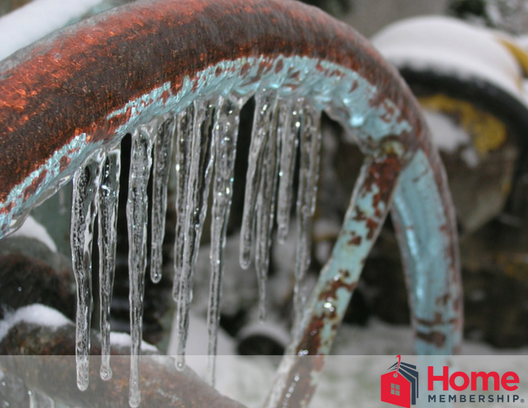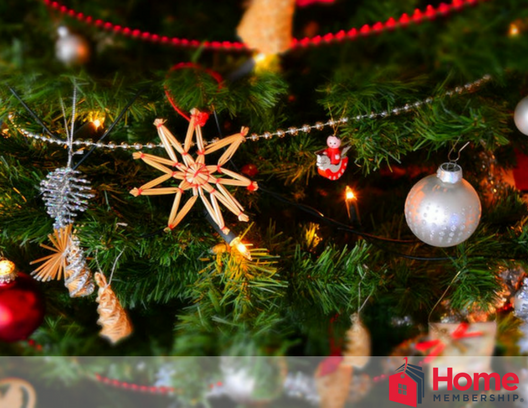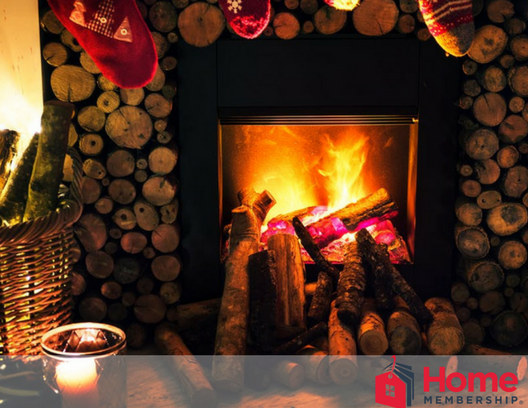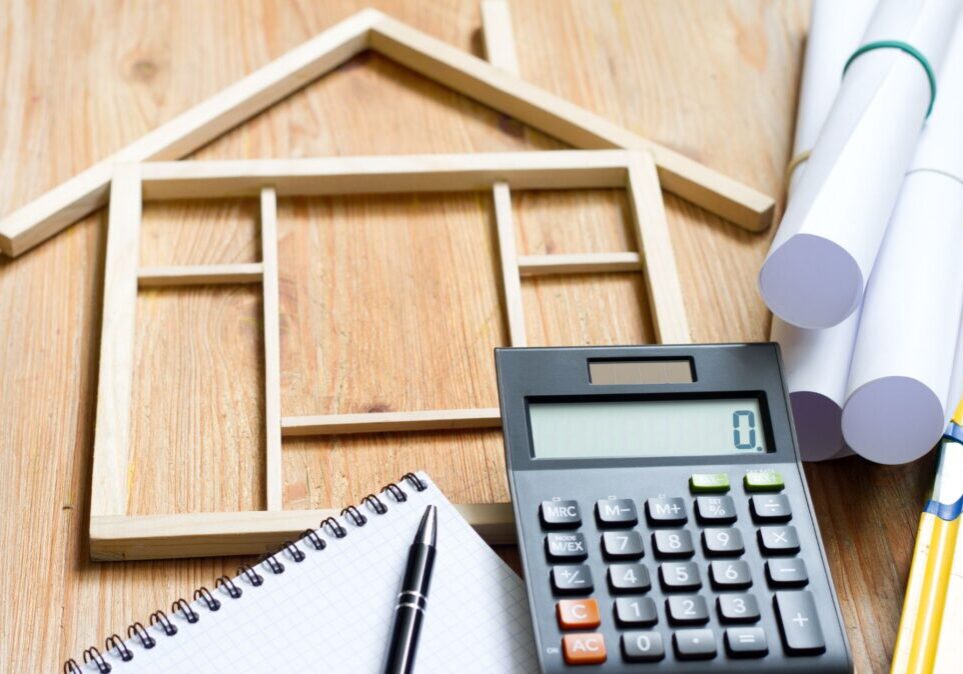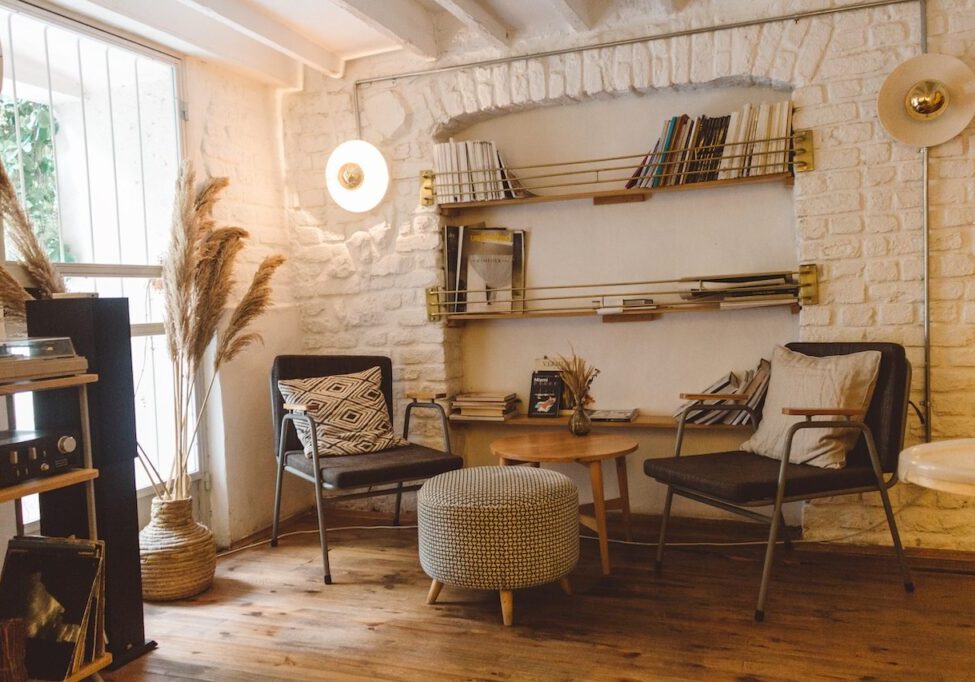Protect Your Home From Winter Weather
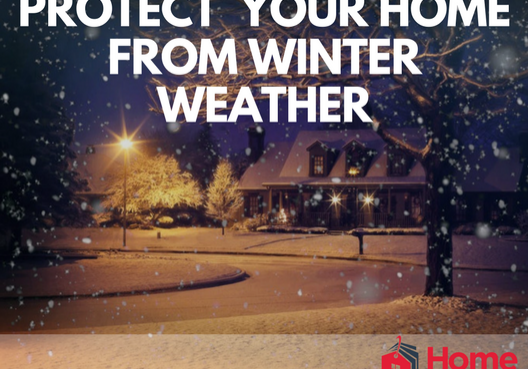
The winter season is upon us and with icy temperatures comes many opportunities for home damage. Bursting pipes, ice damage, electrical issues, and fire hazards can all wreak havoc on your home and create costly repairs.
We’ve gathered some key tips to help homeowners make it through the winter without causing damage to their homes.
Burst Pipes
The most common (and expensive!) problem we see from our homeowners is bursting water pipes due to frozen water lines. A burst pipe is a hole in the pipe or socket that leaks water. Once the pipe is burst, it has to be temporarily wrapped and then replaced which is a costly repair.
To avoid burst pipes homeowners need to allow heat into spaces with pipes that normally stay cold in the winter. Think attics, basements, crawl spaces and under sinks. It’s best to keep your cabinets open under your sinks to let the warm air circulate around the pipes. You can also keep attic doors open. Letting water drip continuously will keep water flowing through the pipes and stop the freezing process.
You can also wrap exposed pipes with foam insulation sleeves or heat tape.
Ice Dams
Ice damage can affect every part of your home. One of the most costly is Ice Dams that form on roofs. These dams form when snow on the room is melted from the heat of the home and then more ice pushes the melted snow into the crevasses of the roof ‘s shingles and drips into the home. Ice Dams can cause severe flooding.
It’s important to monitor that amount of snow that’s on your roof. If you start to see some ice buildup along the edge of your roof and gutters, try and clear off the snow with a metal rake. However if the ice and snow does not come off easily, it’s safer to go another approach and point a box fan at any leaking water to freeze the water again.
Electrical Issues
Adding holiday lights, portable heaters, electric fireplaces and cooking tools to your already busy electrical system can cause a system overload, leading to tripped breakers, power outages and even fire damage.
Never use heat-producing appliances on the same circuit such a s heated blankets, space heaters, or hair dryers. If you’re going to use any of the items at the same time, it’s best to use different outlets on completely different sides of the room.
While your decorating your home with festive lighting, opt for low-wattage options. This will save you many and cause less strain on the system. Low wattage lights also create less heat.
Fire Damage
Around the holidays, the kitchen is used more often than normal, the fireplace gets more use in two months than the whole rest of the year combined and candles seem more appealing to light all over the house. House fires are one of the most common risks this time of year. It’s important to stay vigilant whenever you have an open flame around the house.
Whenever possible, homeowners should use flame-less candles especially in windows or bedrooms that don’t get a lot of foot traffic.
Making sure your fireplace and chimney are clear of any flammable soot buildup is an important first step before lighting your fireplace. Adding a screen to your fireplace keeps any embers from floating out onto carpet or nearby flammable objects.
By following these steps, you’re saving yourself from costly repairs and risk of loss of power and heat in the coldest months of the year.

